The discovery of the Thang Long Imperial Citadel in 2003 caused a great stir because of the pricelessness of this relic.
During the 20 years (2002 - 2022), the Thang Long - Hanoi Heritage Conservation Center, the Institute of Archaeology (Vietnam Academy of Social Sciences) and the Vietnam Archaeological Association have conducted archaeological excavations in Hanoi. Many architectural vestiges and a system of relics and artifacts have been discovered. This is typical and authentic evidence for the development history of Thang Long - Hanoi and Vietnam throughout 13 centuries, from the pre-Thang Long period to the Ly, Tran, Le So, Mac, Le Trung Hung, Tay Son, Nguyen dynasties and the modern period.
World Heritage Site of the Imperial Citadel of Thang Long
Living history of many dynasties Over the past century, long-term research has relatively unified the structure and scale of Thang Long Citadel under the Ly Dynasty. However, according to Associate Professor Tong Trung Tin, who presided over many large excavations in the center of Thang Long Imperial Citadel, before 2002, opinions about the exact location of Thang Long Imperial Citadel and Thang Long Forbidden City under the Ly Dynasty were generally just guesses. Since the end of 2002, when a large-scale archaeological excavation at 18 Hoang Dieu (Ba Dinh) was conducted, the mysteries and location of Thang Long Imperial Citadel under the Ly Dynasty were determined relatively accurately in the area of 18 Hoang Dieu and the Kinh Thien Palace area. From the excavations, a system of architectural vestiges of the Ly Dynasty was initially discovered, including: 79 vestiges of palace foundations, pavilions, surrounding walls, and paths; 7 wells; 15 drainage culverts and large water pipes; 1 "water tank" architectural vestige. Archaeological discoveries have proven that the 3 walls of Thang Long from the Ly to the Tran dynasties were relatively intact. However, the massive palace architectural complex of the capital at the end of the Ly dynasty was also greatly destroyed by civil war. At the Central area of Thang Long Imperial Citadel during the Tran dynasty, archaeologists have identified more than 30 architectural vestiges, surrounding walls, 2 wells, 10 sewers... Archaeology has also identified architectural vestiges of the Tran dynasty at locations 62 - 64 Tran Phu, Nam Giao, Xa Tac... It can be seen that on the basis of the architecture of Thang Long during the Ly dynasty, the Tran dynasty only raised or reinforced the foundations of the Ly relics, even re-erecting the old foundation position like reusing the Octagonal architecture of the Ly dynasty. Associate Professor Tong Trung Tin also said that the structure of Thang Long in the early Le dynasty seemed to be strongly influenced by the planning tradition of Thang Long during the Ly and Tran dynasties. Because the cultural layer lies on top of the Tran Dynasty cultural layer, the architectural vestiges of the early Le Dynasty have been basically destroyed by the construction activities of later periods. However, in the relic site, some architectural vestiges of the early Le Dynasty, the Kinh Thien Palace area and some other locations can still be discovered...
Restoring Kinh Thien Palace After being recognized by UNESCO as a World Cultural Heritage (in 2010), to implement UNESCO's recommendations and the Government 's commitment, the Thang Long - Hanoi Heritage Conservation Center, the Institute of Archaeology (Vietnam Academy of Social Sciences) and the Vietnam Archaeological Association continued to conduct archaeological research on a total area of 8,440m2. The excavations have achieved great results in understanding the values of the World Heritage Site of the Central Citadel of Thang Long, and at the same time collected many new documents of high authenticity contributing to the research and restoration of Kinh Thien Palace. In the cultural layer in this area, archaeologists have discovered a rich and dense system of relics that developed continuously from the Pre-Thang Long period (Dai La - Dinh - Tien Le) to the Ly, Tran, Le So, Mac, Le Trung Hung, and Nguyen dynasties.
The palace foundation was discovered during the excavation of the Le Temple area (King Le Dai Hanh). Photo: Hiep Trinh
In the capital planning of ancient Eastern monarchies, there was always a central palace to hold court or conduct the most important ceremonies related to the fate of the nation and people. Over the historical periods, the vestiges of Kinh Thien main hall were difficult to recognize. However, today it can still be seen through the architectural foundation in the south of the central area, where there are 9 dragon steps carved elaborately in the Le Dynasty's artistic style. The Kinh Thien palace steps were recognized as a National Treasure in 2020. The discovery of the architectural foundation is a prerequisite in researching and restoring the architecture of Kinh Thien main hall. Based on relics such as fragments of roofs, wooden structures, bricks and tiles, documents recording architectural forms and comparing and contrasting with the main hall space of other capitals such as Nara, Kyoto (Japan), Baekje (Korea), Forbidden City (Beijing, China) or Thai Hoa Main Hall (Thua Thien Hue), scientists have determined the spatial structure and initial understanding of the architecture of Kinh Thien Main Hall. Similar to the main halls of other capitals in the East Asia region, the main hall space of Kinh Thien Main Hall is designed according to the universal formula: Gate - Dai Trieu courtyard - Palace; specifically Doan Mon - Dan Tri courtyard - Kinh Thien Palace. Dr. Ha Van Can, Deputy Director of the Institute of Archaeology, assessed the Thang Long - Hanoi cultural layer in the Kinh Thien Palace area as the most complete compared to other excavation sites. The excavations here have revealed a large architectural complex, contributing a decisive source of highly authentic documents in the research to restore Kinh Thien Palace.
The Central Sector of the Imperial Citadel of Thang Long - Hanoi was officially recognized by UNESCO as a World Cultural Heritage on August 1, 2010. Commenting on the World Cultural Heritage of the Imperial Citadel of Thang Long, Ms. Irana Bokova, Director General of UNESCO from 2009 to 2017, commented on the World Cultural Heritage of the Imperial Citadel of Thang Long: "Very few countries in the world can preserve the vivid memories of the founding of the capital 1,000 years ago without being lost over time." Mr. Christian Manhart, Chief Representative of the UNESCO Office in Vietnam, highly appreciated the Imperial Citadel of Thang Long for its continuity and longevity. "The Imperial Citadel of Thang Long is a testament to more than 10 centuries of cultural exchange and influence from all over Asia. There are few heritages in the world that demonstrate such long-term continuity as the Central Sector of the Imperial Citadel of Thang Long. There are still many undiscovered archaeological layers underground," Mr. Christian Manhart emphasized. Source: https://nld.com.vn/phong-su-but-ky/hoang-thanh-thang-long-dau-tich-lich-su-13-the-ky-20230331111258208.htm


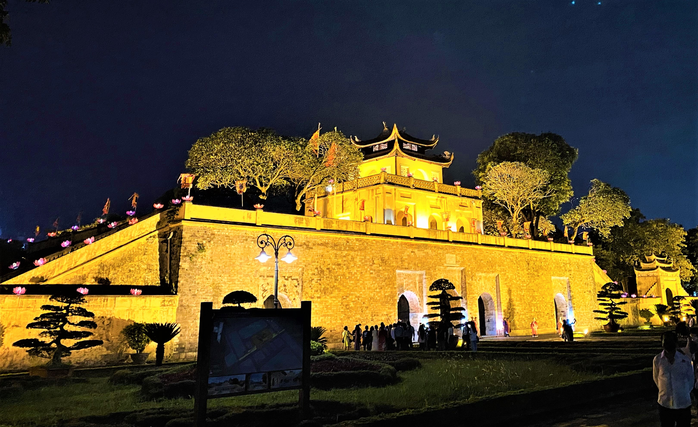
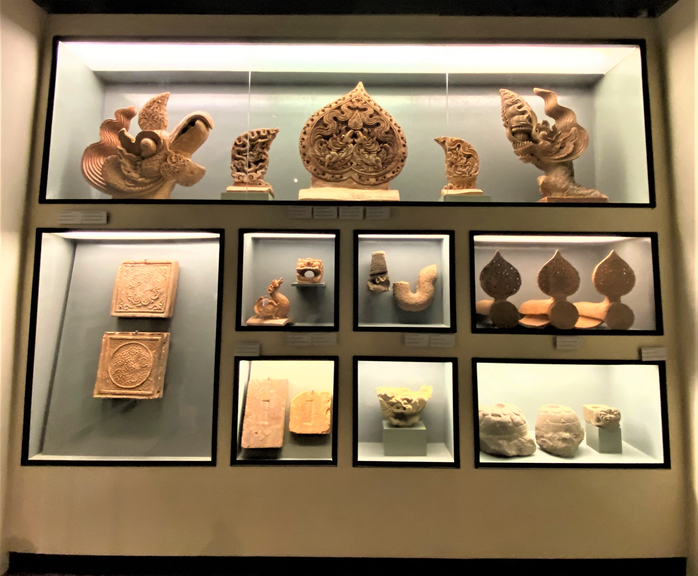
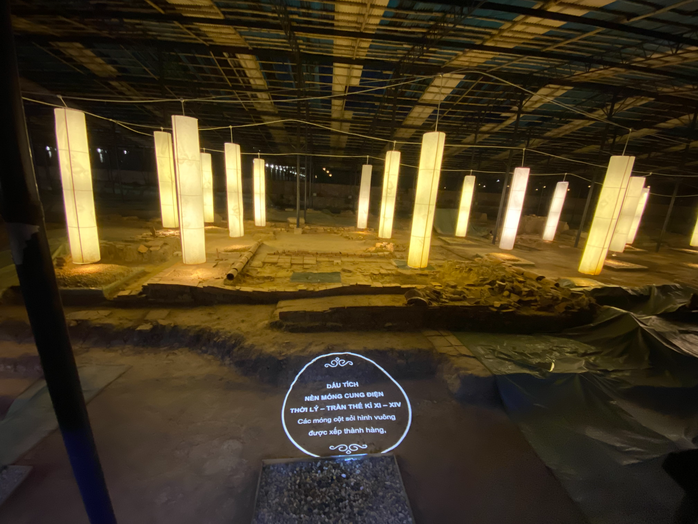

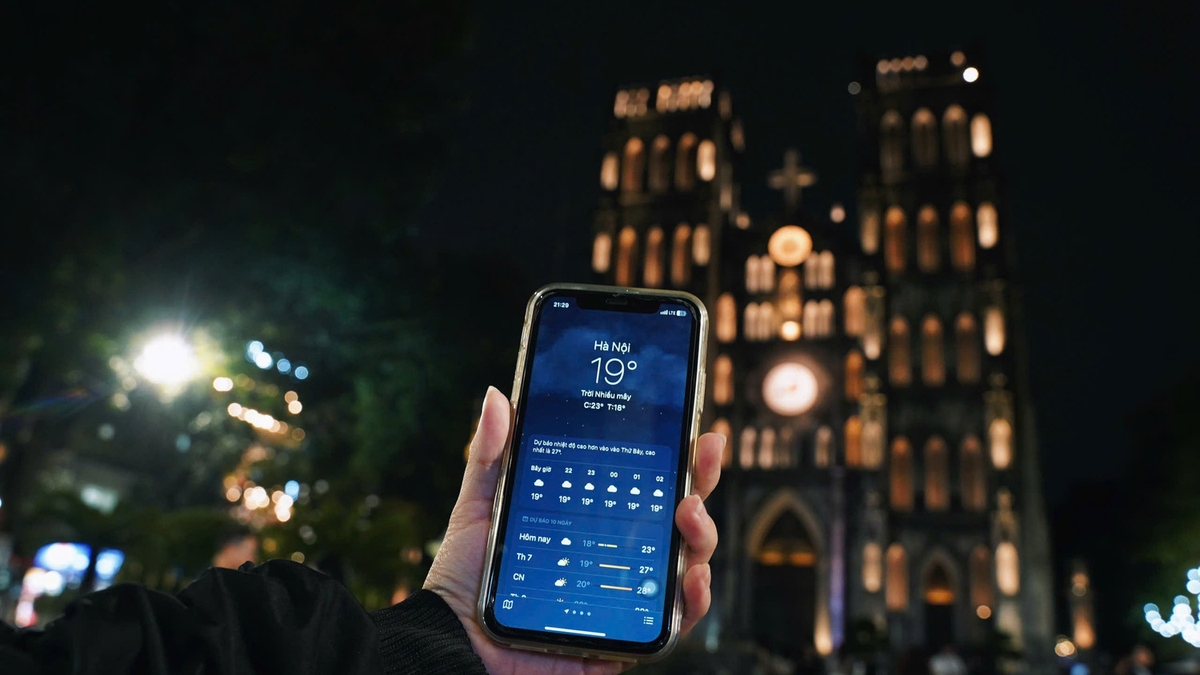
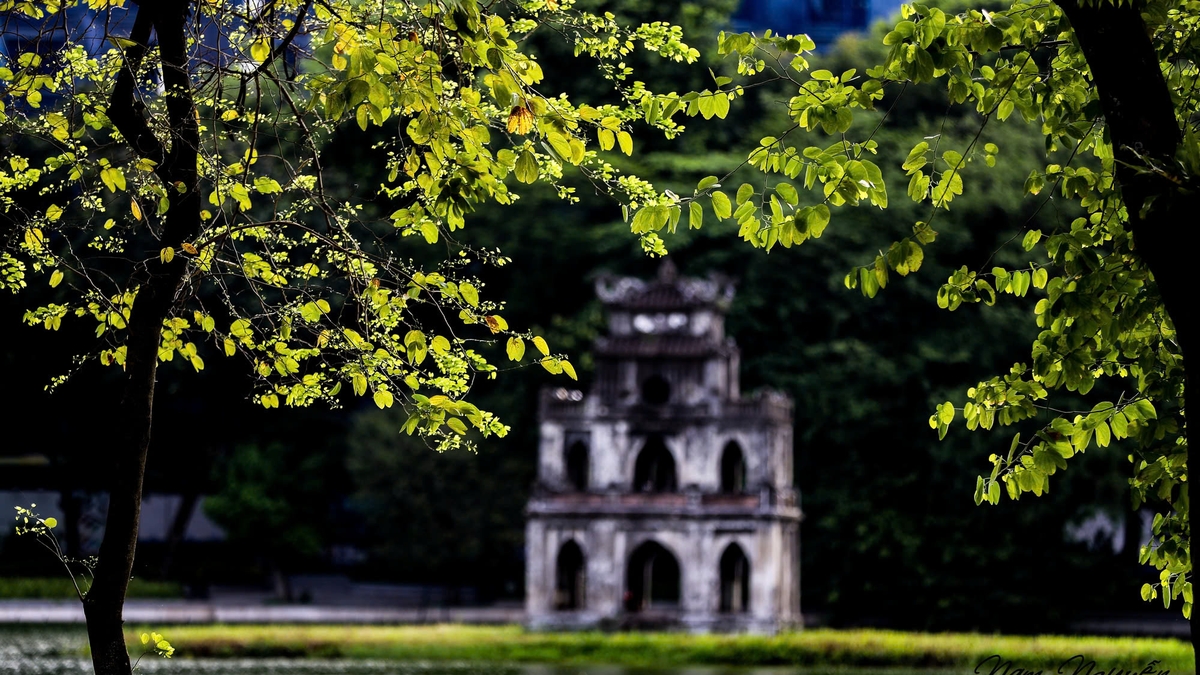
![[Photo] Prime Minister Pham Minh Chinh receives United Nations Secretary-General Antonio Guterres](https://vphoto.vietnam.vn/thumb/1200x675/vietnam/resource/IMAGE/2025/10/25/1761390212729_dsc-1484-jpg.webp)
![[Photo] National Assembly Chairman Tran Thanh Man receives United Nations Secretary-General Antonio Guterres](https://vphoto.vietnam.vn/thumb/1200x675/vietnam/resource/IMAGE/2025/10/25/1761390815792_ctqh-jpg.webp)
![[Photo] Prime Minister Pham Minh Chinh and United Nations Secretary-General Antonio Guterres attend the Press Conference of the Hanoi Convention Signing Ceremony](https://vphoto.vietnam.vn/thumb/1200x675/vietnam/resource/IMAGE/2025/10/25/1761391413866_conguoctt-jpg.webp)
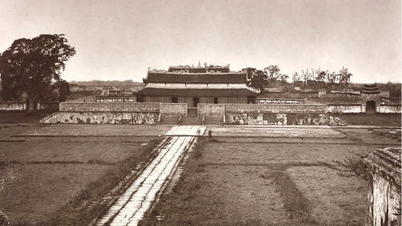

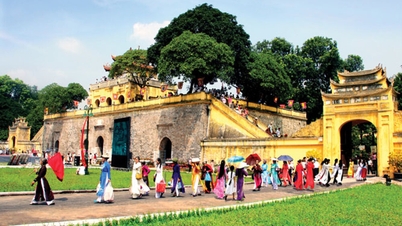

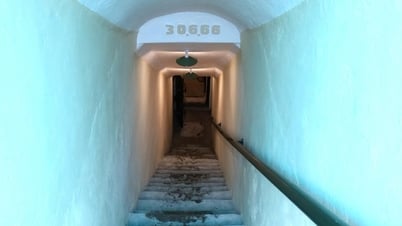

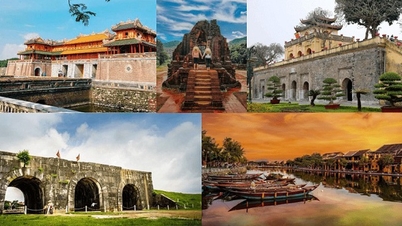

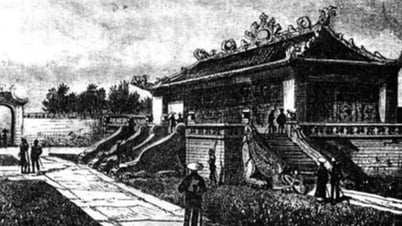

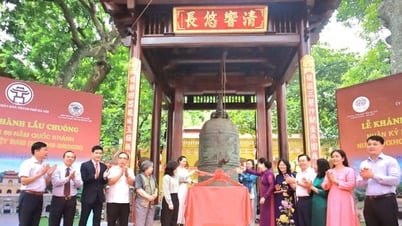
















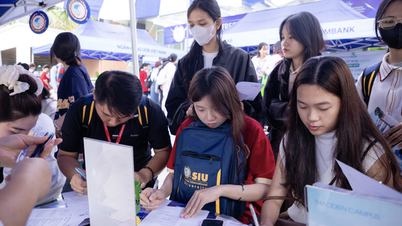


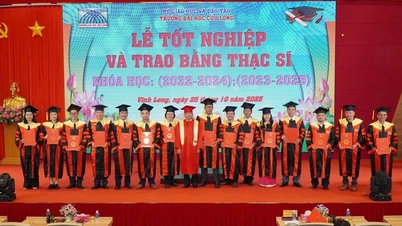
![[Photo] General Secretary To Lam meets with General Secretary and President of Laos Thongloun Sisoulith](https://vphoto.vietnam.vn/thumb/1200x675/vietnam/resource/IMAGE/2025/10/25/1761380913135_a1-bnd-4751-1374-7632-jpg.webp)
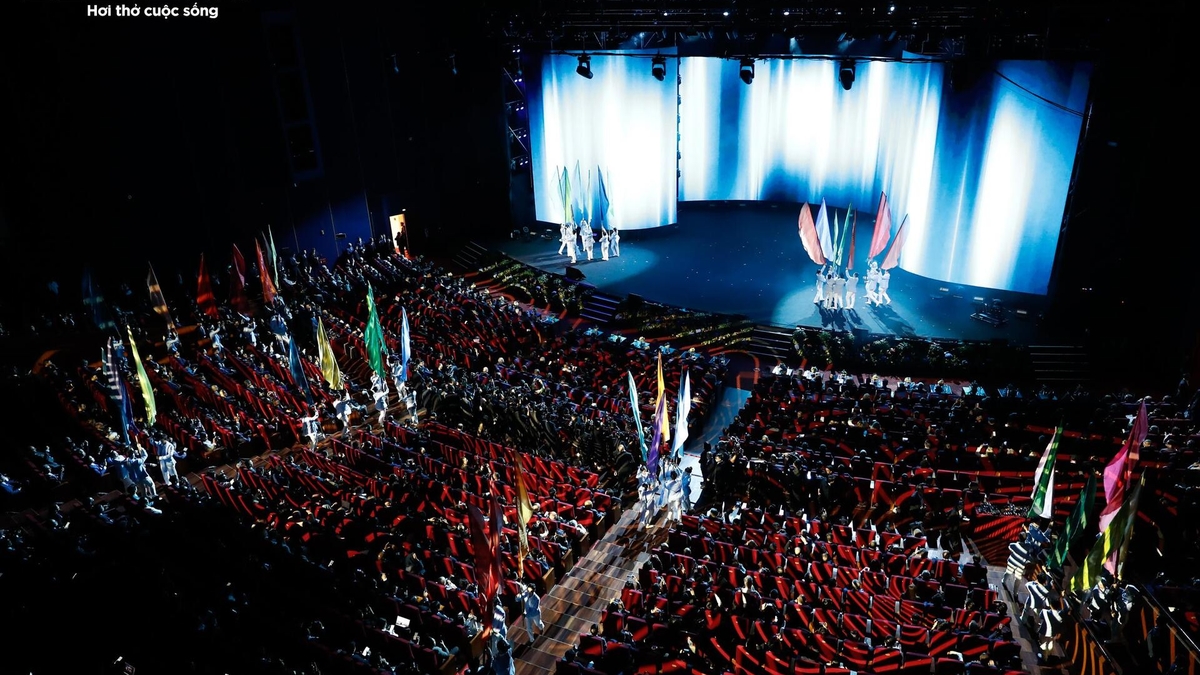
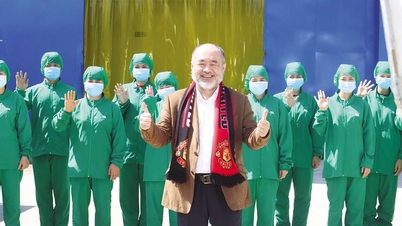

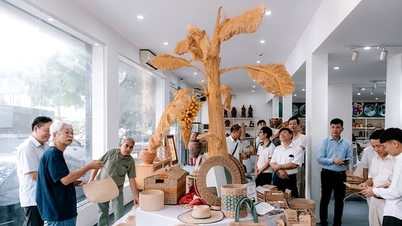


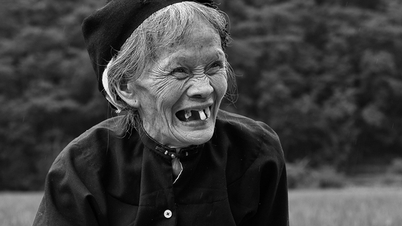



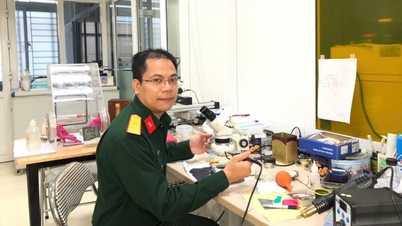



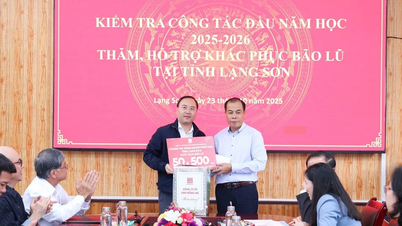

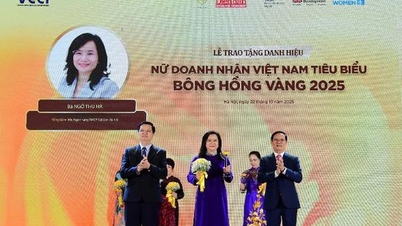


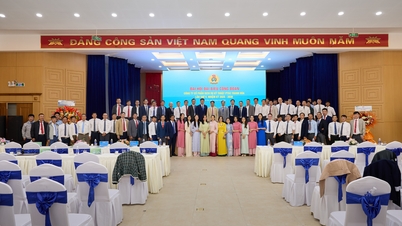
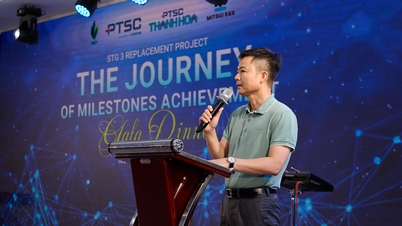

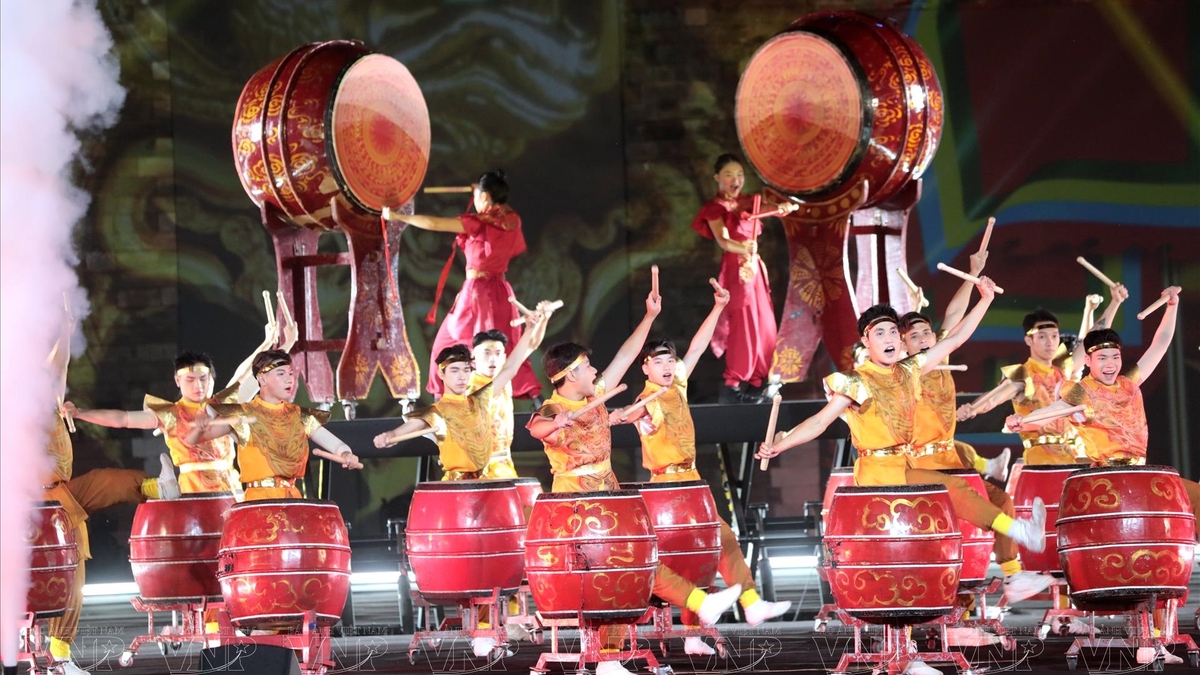
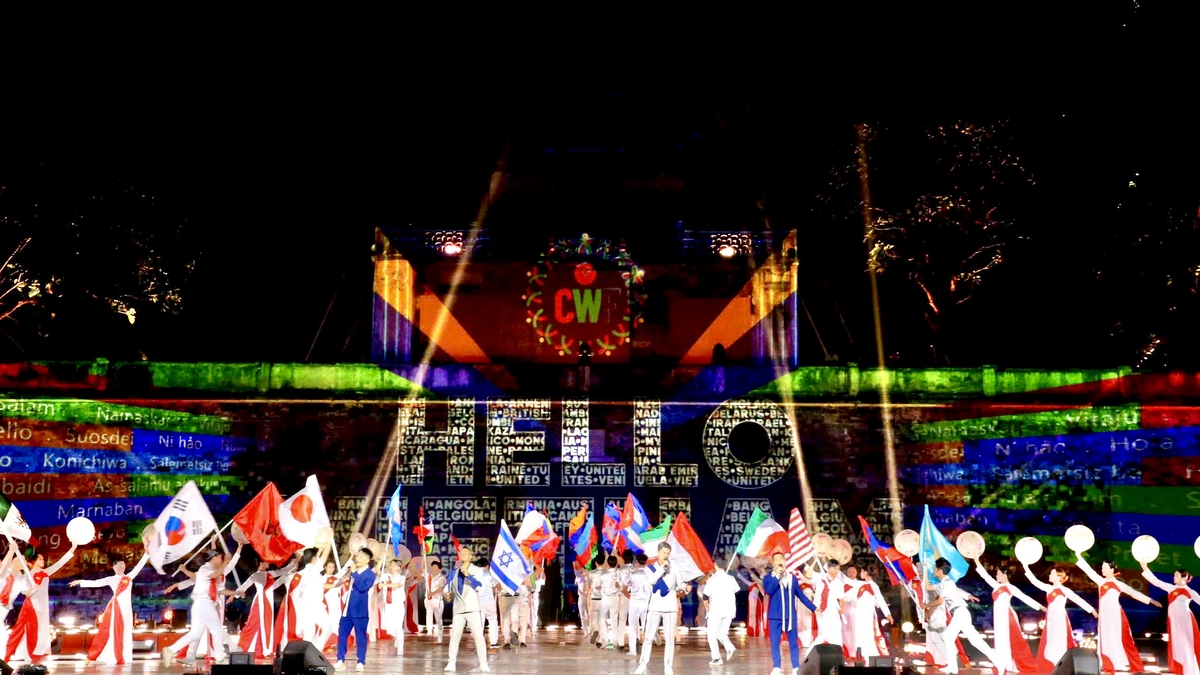




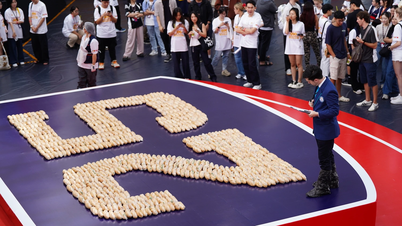







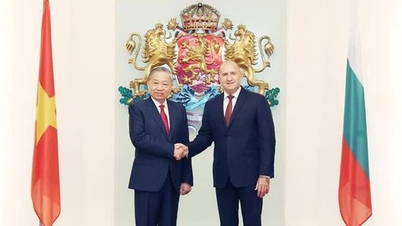

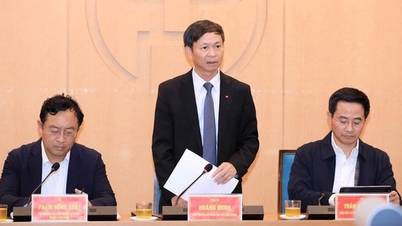
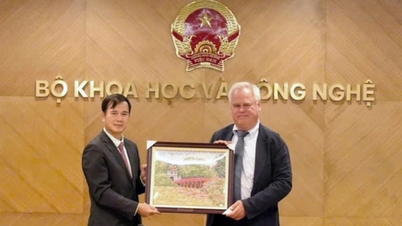
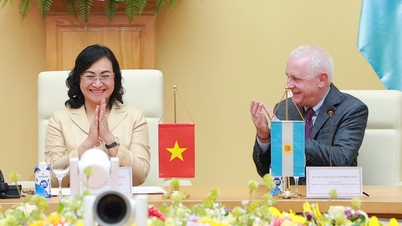

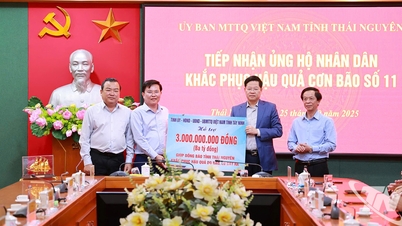

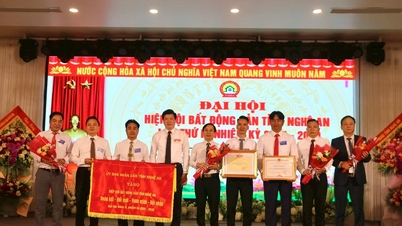
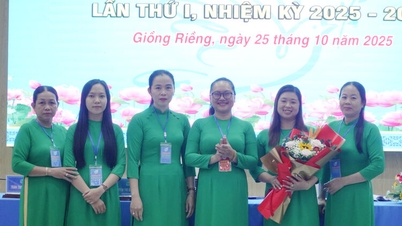



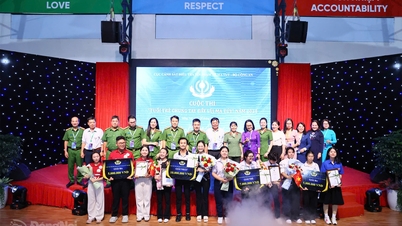













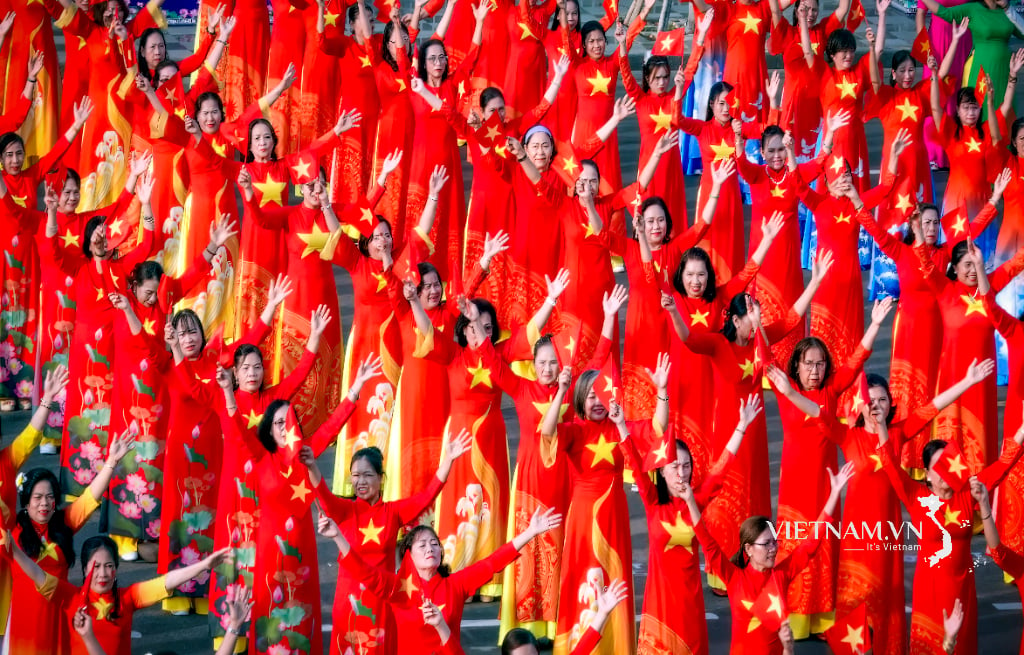

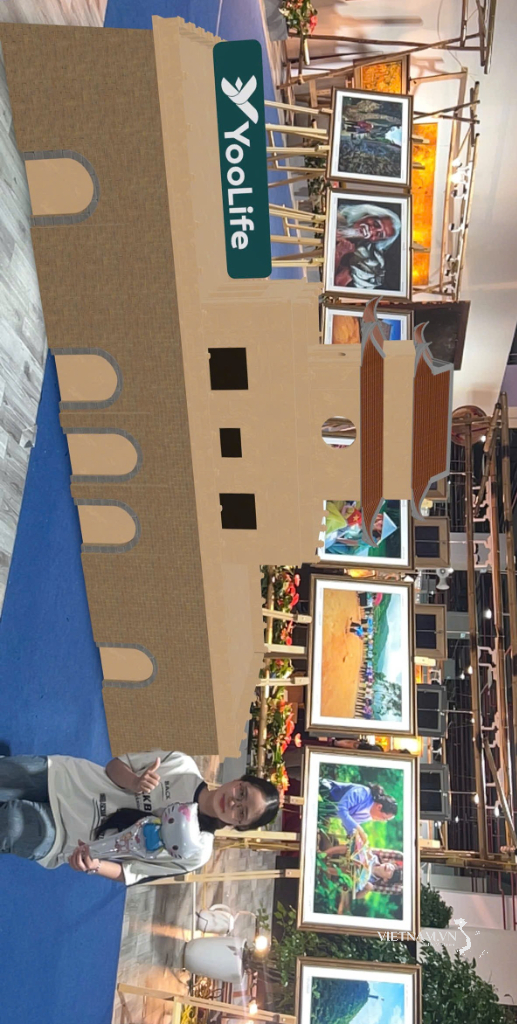

Comment (0)